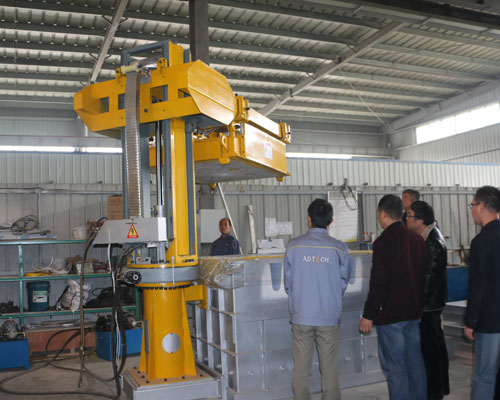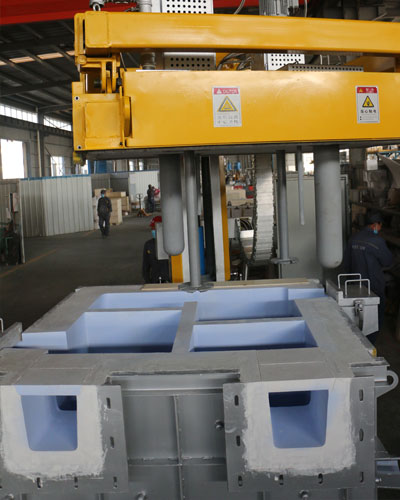Degassing process of aluminum in casting is important for high-quality aluminum products. With the increasing demand for high-quality aluminum products, especially in the aerospace industry, the need to reduce inclusions in formed products has also increased. A popular dehydrogenation method involves introducing blown nitrogen into liquid aluminum. Hydrogen is attracted by nitrogen bubbles and then absorbed by aluminum and released to the surface. Argon is also very effective, but due to the high cost associated with this gas, nitrogen is preferred. Nitrogen degassing usually requires a lower molten aluminum temperature. Although lowering the temperature will reduce the diffusion rate of atomic hydrogen in the molten aluminum, it will increase the viscosity of the molten aluminum and prolong the floating time of the bubbles, which is beneficial to the diffusion of nitrogen in the bubbles.

Degassing Process of Aluminum
The rotating impeller of rotary degassing device works by increasing the surface area of inert gas introducing metal. The smaller nitrogen bubbles produced by impeller process have larger total surface area and collect more hydrogen. The lower surface disturbance of smaller bubbles also causes less hydrogen to be recaptured from atmospheric moisture to metals. The degassing process of aluminum in casting involves the removal of inert or chemical inert gases (argon, nitrogen) by rotating the shaft and rotor. The energy of the rotating axis results in the formation of a large number of small bubbles, which provides a very high surface to volume ratio. The large surface area promotes the rapid and effective diffusion of hydrogen into the bubble, so that the hydrogen activity in the liquid phase and the gas phase are equal. Compared with flux degassing, rotary degasser can remove hydrogen more thoroughly.
In addition, the rotary degasser does not use harmful chlorine and fluoride salts. Rotary degasser can also combine degassing and flux introduction functions. In this case, the inert gas acts as the carrier of the granular flux. This method is called flux injection.

